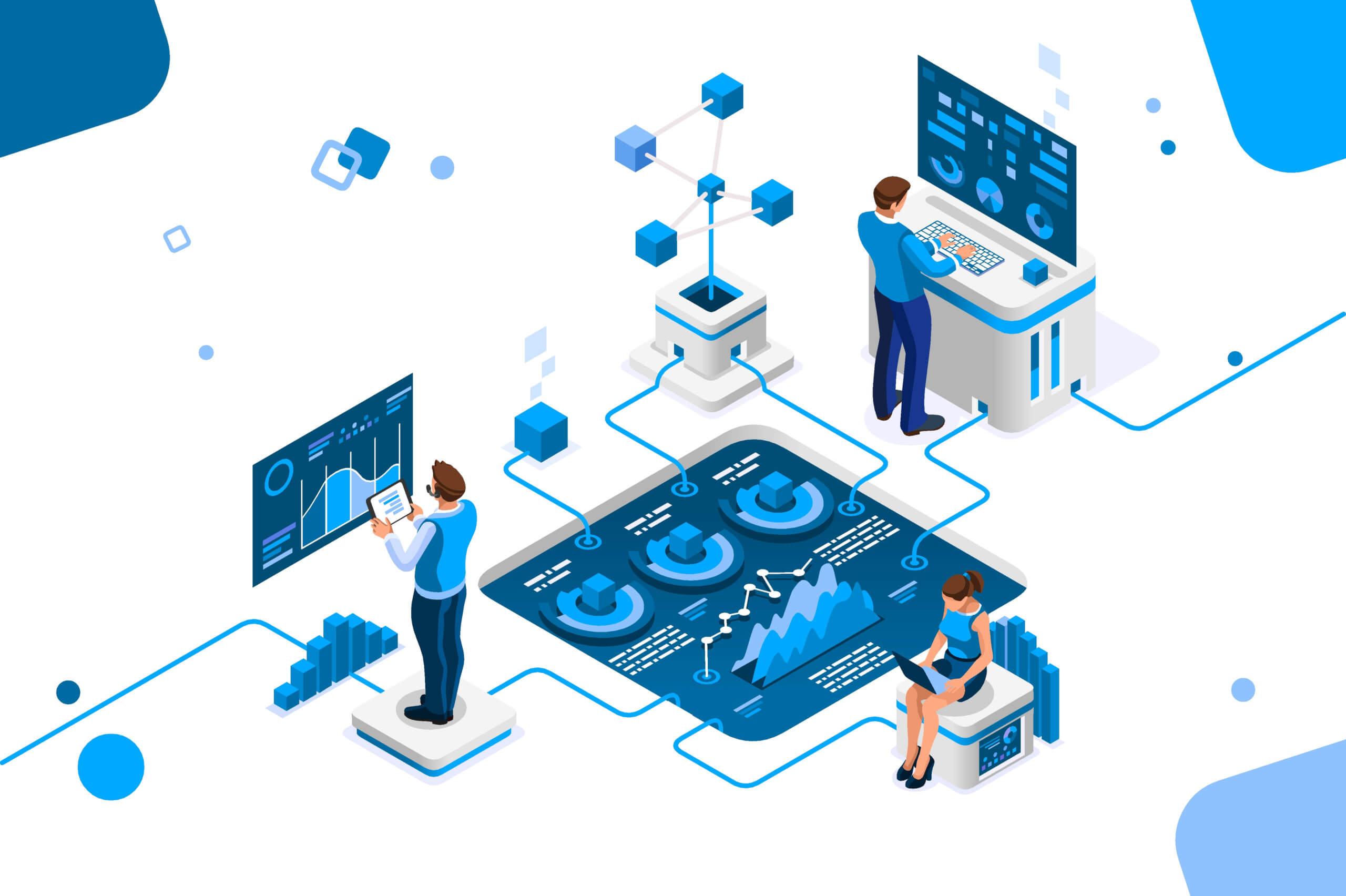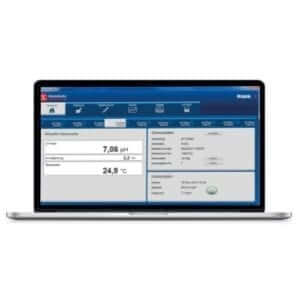
A Data-Driven Paradigm Shift for Asset Management
Do you know how many pH probes you have in your plant? While that may be an easy one to answer, do you know the performance and life expectancy of each? When managing and operating an industrial process plant, keeping track of your assets is always a top priority. Liquid analytical sensors are often considered critical assets. We rely on these sensors to run processes efficiently, maintain consistent quality, provide equipment corrosion control, and ensure regulatory compliance.
Plant personnel tends to consider liquid analytical sensors to be disposable. However, if you can assure you are getting the most from your sensors — maximum performance and extended life, you’ll realize tremendous savings. How can you do this? It is possible with historical data and asset management. With digital pH, ORP, conductivity and oxygen sensors, and data collection software made for liquid analytics, it is possible to get a macro and micro view of what is happening with your sensors and, in some cases, your process.
The Possibilities of Asset Management for Liquid Analytics
Sensors that use smart digital technology, such as Memosens Knick sensors, provide end-users with more than just interference-free signals. Memosens sensors store historical data inside the sensor head. This data covers everything from identifying information (like sensor model, serial number, associated tags, and name of application assigned) to events the sensor has experienced (such as the last calibration, the percentage of wear and life left on the sensor, number of CIP cycles, and time spent in extreme measurement ranges).

When you pair a smart digital Memosens sensor with software like MemoSuite Advanced, you are quickly able to pull the data from the sensor for collection and sensor management. You can even perform offline calibrations. By documenting historical data of analytical sensors within plants, users gain an in-depth understanding of sensor performance within each application. Techs can use this information to create predictive maintenance schedules and identify the specific maintenance required for each application.
Maintaining Assets within Certified Guidelines
Regular and often certified calibration practices are essential for pH sensors. A data collection and asset management software, like MemoSuite Advanced, provides secure GMP and FDA CFR 21 Part 11 compliant database documentation for calibrations done using the software. Users can calibrate up to 10 sensors simultaneously with MemoSuite via user-definable calibration methods such as GMP (Good Manufacturing Process) or Knick’s “Calimatic” automatic calibration. The Calimatic function uses automatic buffer recognition and temperature compensation to ensure accurate calibrations and therefore greater accuracy. Upon completing the calibration and adjustment to the sensor, the software’s database securely stores the record. Users can also create customized calibration certificate templates. Unalterable digital data ensures regulatory compliance.
Summary
Using digital technology with asset/data management software is the best way to truly manage and understand your liquid analysis sensors. With simple software like Memosens Advanced, you will be able to answer the question, “Are you getting the most life and best performance from your sensors?” You will also find that you have all you need to formulate a data-driven plan to optimize your process.
Did you know you can get a complete digital pH loop for less than you think?
“This Blog article was initially posted on M4 Knick website in 2020.”